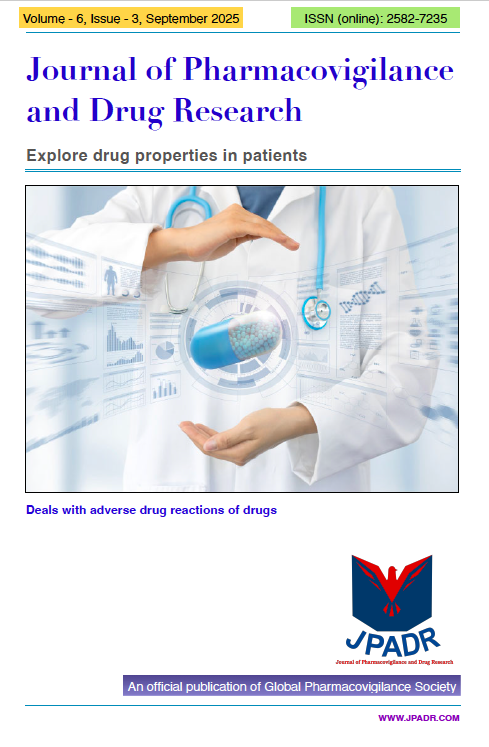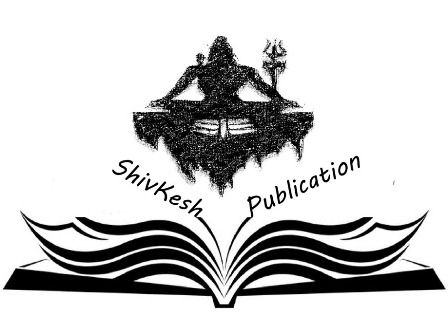Aspirin-induced hemoptysis in a tertiary care centre – A case report
Abstract
Introduction: Aspirin, a commonly prescribed antiplatelet agent, is integral in the secondary prevention of cardiovascular diseases. However, its use is associated with various adverse effects, primarily bleeding complications. Hemoptysis, or the expectoration of blood from the lower respiratory tract, is a rare but potentially life-threatening side effect of aspirin therapy.
Case Details: We report the case of a 42-year-old male with a history of dilated cardiomyopathy and chronic alcohol use, who presented with hemoptysis after being on a daily dose of 75 mg aspirin (Ecosprin) for ischemic heart disease prophylaxis. Upon presentation, the patient’s vital signs were stable. Aspirin was promptly discontinued, and treatment included intravenous tranexamic acid and vitamin K. Comprehensive investigations, including blood tests, chest X-ray, and coagulation profile, were conducted. Elevated potassium levels, attributed to concurrent spironolactone use, were noted, and spironolactone was discontinued. The patient responded well to treatment and was subsequently discharged. The adverse event was classified as "Possible" based on the Naranjo ADR assessment scale.
Conclusion: This case underscores the importance of recognizing hemoptysis as a rare adverse effect of aspirin, especially in patients with additional risk factors. Prompt discontinuation of aspirin and appropriate supportive care are essential for managing such cases. Increased awareness and documentation of such adverse reactions are vital for improving patient safety.
Downloads
References
Corey R. Hemoptysis. In: Walker HK, Hall WD, Hurst JW, editors. Clinical Methods: The History, Physical, and Laboratory Examinations. 3rd edition. Boston: Butterworths; 1990. Chapter 39. Available from: https://www.ncbi.nlm.nih.gov/books/NBK360/
Murphy E, Curneen JMG, McEvoy JW. Aspirin in the Modern Era of Cardiovascular Disease Prevention. Methodist Debakey Cardiovasc J. 2021 Sep 24;17(4):36. PMID: 34824680; PMCID: PMC8588762.
Naranjo CA, Busto U, Sellers EM, et al. A method for estimating the probability of adverse drug reactions. Clin Pharmacol Ther. 1981 Aug;30(2):239-45.
Park JA. Treatment of Diffuse Alveolar Hemorrhage: Controlling Inflammation and Obtaining Rapid and Effective Hemostasis. Int J Mol Sci. 2021 Jan 14;22(2):793. doi: 10.3390/ijms22020793. PMID: 33466873; PMCID: PMC7830514.
Song W, Cao J, Xu Y, Han Z, Wen H, Cui X. Hemoptysis due to aspirin treatment alternative to warfarin therapy in a patient with atrial fibrillation. Intern Med. 2015;54(20):2615-8. doi:10.2169/internalmedicine.54.4695. Epub 2015 Oct 15. PMID: 26466698.
The Uppsala Monitoring Center. The use of the WHO-UMC system for standardized case causality assessment. Accessed on 18-Aug-2024. Available from: https://www.who.int/docs/default-source/medicines/pharmacovigilance/whocausality-assessment.pdf
Warner TD, Nylander S, Whatling C. Anti-platelet therapy: cyclo-oxygenase inhibition and the use of aspirin with particular regard to dual anti-platelet therapy. Br J Clin Pharmacol. 2011 Oct;72(4):619-33. doi: 10.1111/j.1365-2125.2011.03943.x. PMID: 21320154; PMCID: PMC3195738.
Yiannakopoulou EC. Hemoptysis under diclofenac and antiplatelet doses of aspirin. Pharmacology. 2011;87(1-2):1-4. doi: 10.1159/000321728. Epub 2010 Dec 8. PMID: 21150234.
Copyright (c) 2025 Dr Shiva Murthy Nanjundappa, Vishwas G E, Dr. Anil Kumar H, Karthik V

This work is licensed under a Creative Commons Attribution-NonCommercial-NoDerivatives 4.0 International License.







